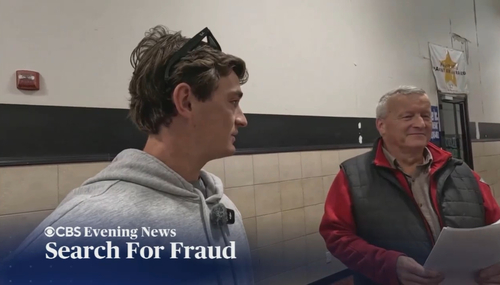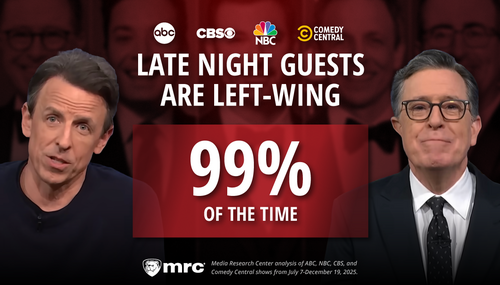Error-prone science reporter Apoorva Mandavilli, infamous for her alarmist and faulty COVID-era reporting, made the front page of Monday’s New York Times with a story on a gunman’s assault on the Centers for Disease Control and Prevention headquarters in Atlanta that killed a policeman, “C.D.C. Shooting Followed Years of Demonization -- Staff Feels Betrayed as Fears Come True.”
The story served both as news and, for Mandavilli, a way to again smear those who opposed the bureaucratic authoritarianism (mandatory masking and vaccines, shuttered small businesses, theatres, and schools) of the COVID era. She quickly took the conservative “disinformation” angle.
The day after a lone gunman opened fire on the Centers for Disease Control and Prevention, killing a police officer and shattering windows across the agency’s campus, employees were reeling from shock, fear and rage.
“We’re mad this has happened,” Dr. Debra Houry, the C.D.C.’s chief medical officer, said in a large group call Saturday morning with Susan Monarez, the agency’s newly confirmed director, who tried to reassure them. Another employee on the call, a recording of which was obtained by The New York Times, asked Dr. Monarez: “Are you able to speak to the misinformation, the disinformation that caused this issue? And what your plan forward is to ensure this doesn’t happen again?”
The investigation into the shooting and the gunman’s potential motives was still in early stages on Saturday. But law enforcement officials said that the suspect identified in the shooting had become fixated with the coronavirus vaccine, believing that it was the cause of his physical ailments.
Inside the C.D.C., the shooting was viewed as part of a pattern in which health workers have been targets of political, verbal and physical assaults on them and their workplaces.
Police were in the "early stages" of finding a motive, but the Times and its CDC sources were in the very late stages of blame.
Mandavilli offered condemnation of the troubled shooter’s conspiratorial (alleged) thinking, blaming conservative “misinformation” for the attempted massacre. Yet that eager to blame tone was absent in Times coverage of two other recent shooting sprees whose targets were considered less sympathetic by the radical left, like Brian Thompson, the chief executive of UnitedHealthcare, killed in Midtown by a gunman who wrote a manifesto attacking the health care industry. More recently, a shooter targeted National Football League headquarters, killing four while carrying a note blaming the league for the hits to the head that possibly cause a degenerative brain disease known as C.T.E.
Mandavilli widened the net of possible blame for the shooting to encompass critics of the authoritarian measures taken by states during the COVID era.
Many Americans, and even some top federal health officials in the Trump administration, have blamed the C.D.C. for lockdowns, school closings and vaccine mandates, even when some of those decisions were made by state and local governments, or businesses.
Mandavilli milked the shooting down to counting bullet holes (“as many as 18 bullet holes in a single building”). After quoting Robert Kennedy Jr.’s anti-vaccine and anti-CDC fulminations, she again used the singular shooting to smear an entire movement she considers conspiratorial.
Some scientists said the attack was an extreme example of the violence many health workers have experienced since the pandemic began.
“The intersection of disinformation, conspiracy theories and political violence is getting scarier by the day,” said Dr. Celine Gounder, an infectious disease specialist at Bellevue Hospital Center. “I’m very worried about how this is now going beyond defunding of infectious diseases and public health to political violence against the people working in those fields,” she said.
That blame game is not the attitude the Times demonstrated regarding the beliefs of the two previously discussed NYC assassins, whose causes (health insurance denials, NFL head injuries) were more liberal-coded, yet liberals were not linked, guilt-by-association style, to the shootings.




